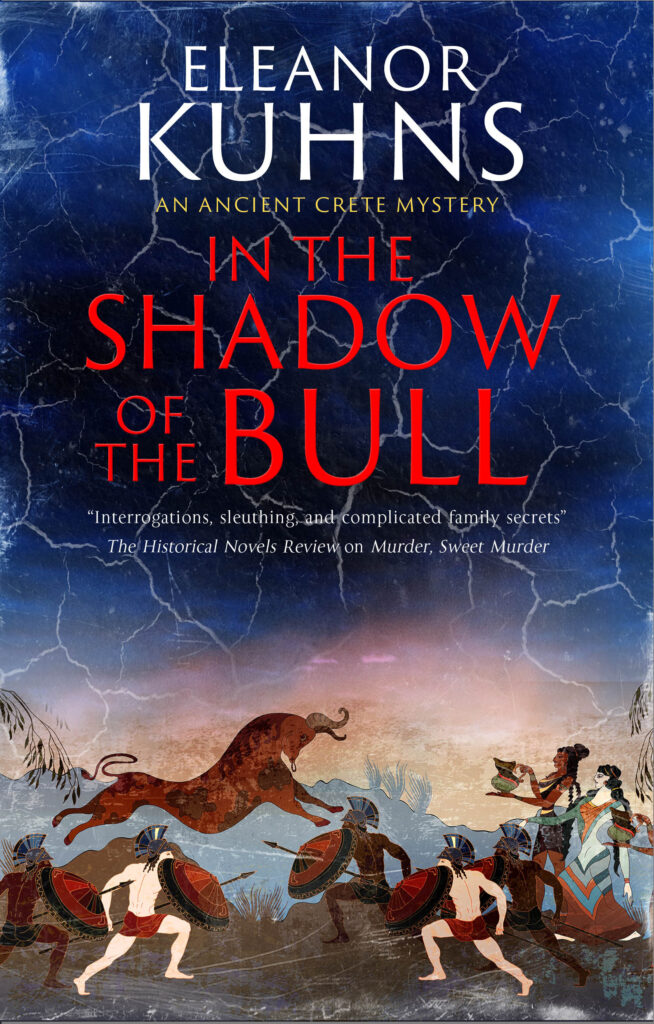One of the questions I’ve been asked consistently is why Martis is so young. Martis is a fifteen year old-aspiring bull leaper, When her sister dies at the altar on her wedding day, and Martis is told by her sister’s spirit that she was murdered, Martis takes on the responsibility of investigating.

Isn’t a fifteen year old too young? We would certainly think so. But the average lifespan then, and through most of human history, was only about forty.
This is a somewhat misleading statistic since the average lifespan was brought down by maternal death during childbirth. Illness and accidents, and of course war injuries, account for significant mortality. Still, a few of the bodies disinterred from graves, even from this time, indicate some people survived to their sixties or even their seventies. But that was not common.
All of life’s milestones were earlier. Women married in their teens and were grandmothers in their thirties. Many of the seasoned warriors described in the Iliad were barely in their twenties.
The other factor is that any bull leaper would have to be young: fast, agile and strong. Even now, with all the benefits modern health has to offer, sports figures in their forties are a rarity. I make a point of emphasizing that most of the bull leapers age out of the sport by their late teens. At fifteen, Martis is already facing the end of her career as a bull-dancer.
